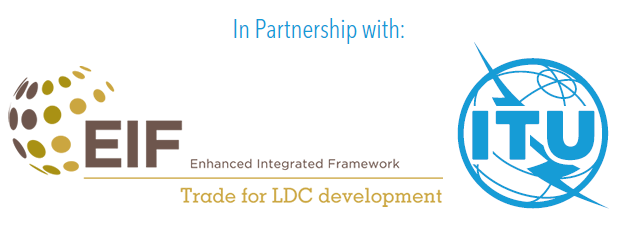1 Introduction
Globally, on its current trajectory, it will take 135.6 years to close the gender gap: the average distance completed to parity is at 68 per cent, according to World Economic Forum’s Gender Gap Index.1 Women in the digital economy are not an exception to this situation. Around the world women are less likely to be employed in the technology sector and when they are, they usually get paid less than men, according to ILOSTAT data. In almost every country, regardless of income level or development stage, women are under-represented in the information and communication sector.2
Many women around the world find it more difficult than men to participate in the financial, educational, social and health resources of the digital technology-driven world. While digital gender divide has been narrowing across all regions in the world, women remain digitally marginalized in many of the world’s low-income countries: in 2022 only 21 per cent of women used the Internet in low-income countries, compared to 92 per cent in high-income countries. The digital gender divide also remains wide in landlocked developing countries (LLDCs) (33 per cent of women versus 40 per cent of men), the Africa region (34 per cent versus 45 per cent) and the Arab States region (65 per cent versus 76 per cent).3
Policies and strategies aiming at bridging this digital gender divide have been put in place by some governments, but they do not seem to be generalized across the globe. Gender is referenced in only half of national overarching ICT policies or master plans, according to ITU. Furthermore, over 40 per cent of countries studied in the Alliance for Affordable Internet (A4AI) Affordability Report 2020 had no meaningful policies or programmes to expand women’s access to the Internet.4
Developing digital policies and strategies (i.e., national digital agendas, national broadband plans and other strategic documents related to the digital economy) as well as designing and implementing programmes and projects that are gender responsive, contributes to levelling the playing field between women and men, ensuring that both groups have the same opportunities.
To be gender responsive, digital policies, strategies, programmes, and projects need to consider the main challenges that prevent women to fully reap the benefits of the opportunities offered by the digital economy. Some of these challenges relate to women’s access to digital technologies, digital skills (including also other type of skills such as financial skills), finance, entrepreneurship and leadership, and infrastructure and digital services.
Representatives of ministries in charge of information and communication technologies (ICTs) and other relevant government agencies of different countries around the world identified successful gender responsive policies, strategies, programmes and/or projects put in place by their own governments. These “successful practices” provided the basis for the analysis and recommendations in this handbook with information on what has been done, how it was implemented, and what was the impact.
The section 2 of this Handbook illustrates the five challenges faced by women in the digital space. Section 3 presents key highlights about the 27 practices addressing the five challenges illustrated in section 2 -it also includes a special feature dedicated to least developed countries (LDCs). Section 4 discusses main institutions, coordination mechanisms and national strategic documents for mainstreaming gender in digital policies. Section 5 presents lessons learned, conclusions, a checklist for policy-makers, and the way forward. Boxes are included along the handbook providing light examples on initiatives supporting women and girls in one (or more) of the five policy areas.

